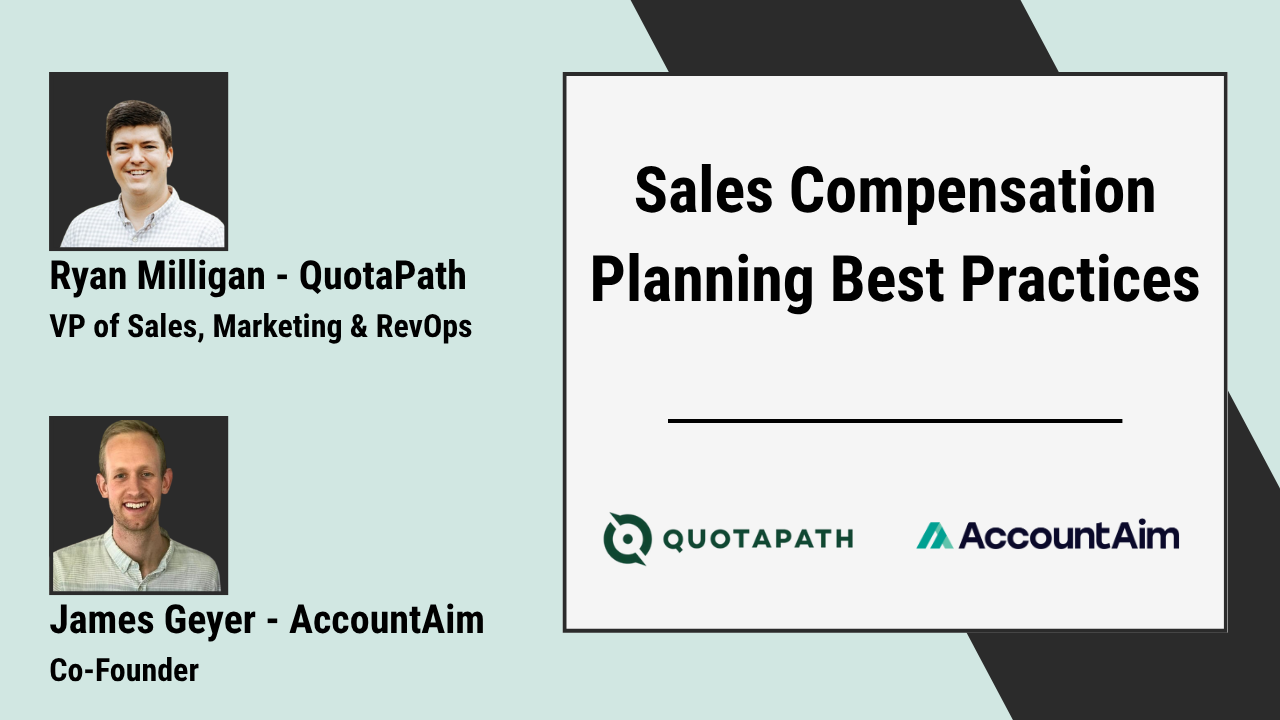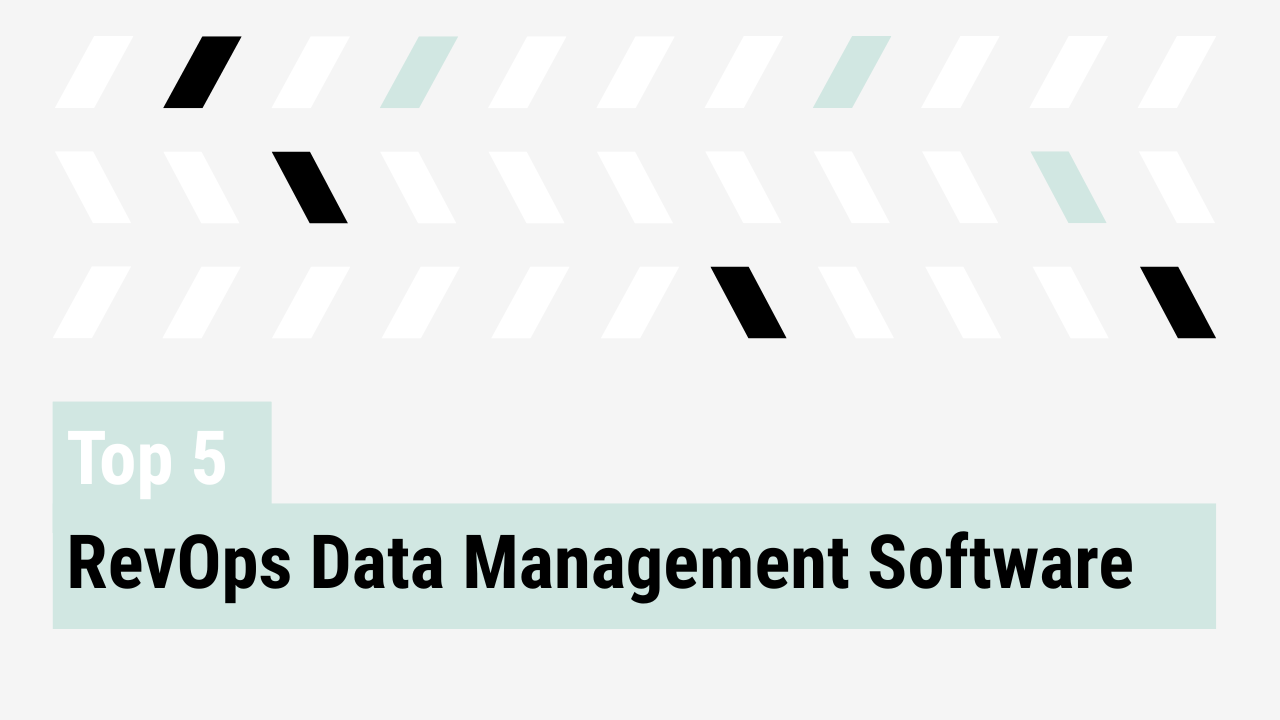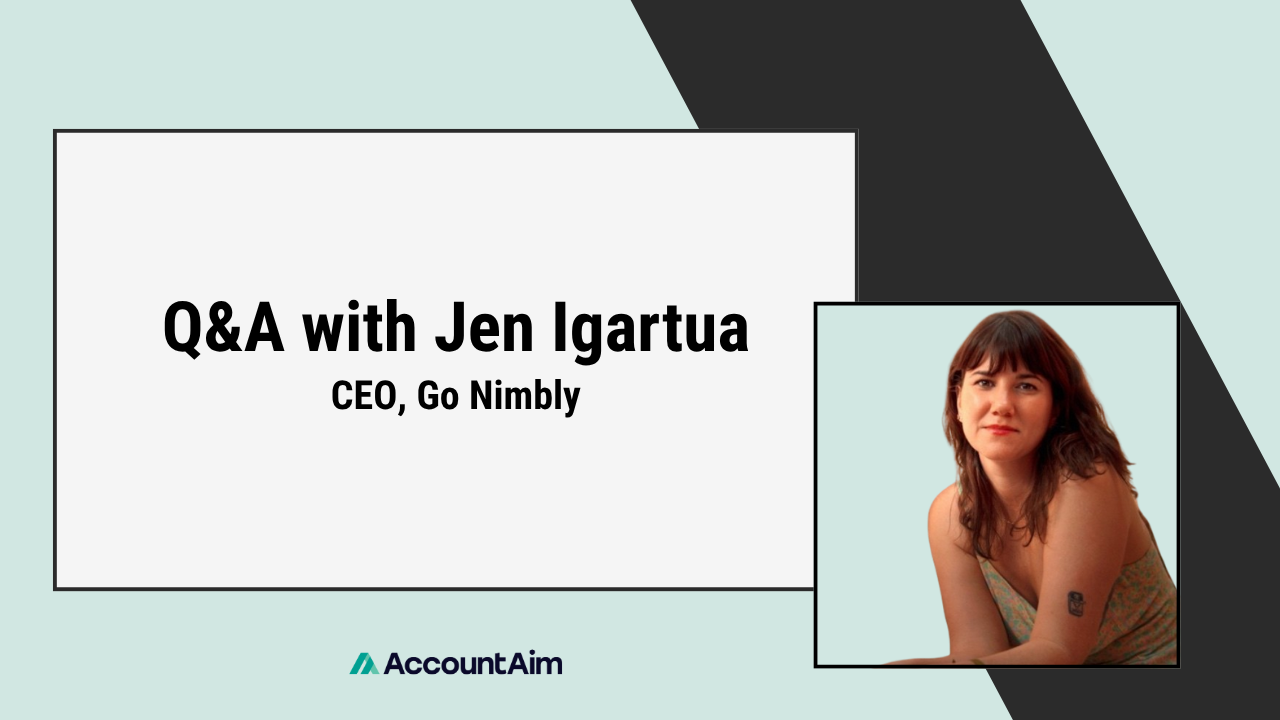In this Q&A, Adam Beebe shares practical systems advice, frameworks for tool evaluation, and hard-won lessons from scaling RevOps on lean teams.
Meet Adam Beebe
Adam Beebe didn’t plan to go into RevOps. Like many, he started as an “accidental Salesforce admin.” But his career quickly evolved,spanning startups, private equity rollups, and now a role leading RevOps strategy at Domestrique. He’s operated solo, consulted across dozens of organizations, and has seen firsthand what it takes to scale systems without losing control.
In this conversation Adam shares how he approaches systems health, tool decisions, data strategy, and prioritization on lean RevOps teams.
How do you define RevOps, and how has the role evolved?
It’s the intersection of people, process, and technology, and it’s stretching beyond go-to-market teams. More RevOps leaders are being pulled into finance, biz ops, and even product decisions. The work is still anchored in solving problems, but it’s now broader than just sales and marketing alignment.
What are the foundational system checks every RevOps leader should prioritize?
I focus on three questions:
- Can the CRM be used without constant support?
- Can we answer the key reporting questions executives will ask?
- Can we intake and route leads reliably?
“If you can solve those three things… that’s the sort of basal foundation of ‘can we keep this ship upright?’” Once that’s covered, other improvements become easier to layer in.
How do you assess and manage tech debt across a growing stack?
Start by watching for system noise. Flow errors, unused fields, or processes that don’t match current workflows are all signs. Use tools like Sonar to identify clutter, and block time on your roadmap to clean it up.
Even small changes, like removing dead profiles or simplifying layouts, make the system faster and easier to use. I always focus first on the things that are slowing down actual users.
What’s your framework for deciding whether to build or buy?
I prefer building in Salesforce when it makes sense, but that depends on time cost. Ask yourself, “Is it solving the problem, or is it just moving the starting line?”
For something like CPQ, it’s usually better to bring in a dedicated tool. But for simpler processes, you may already have what you need if you know how to configure it.
How should RevOps leaders think about switching CRMs?
HubSpot and Salesforce each offer meaningful advantages. Rather than focusing solely on features, it’s important to consider the broader ecosystem and ask:
- What’s already connected to your CRM?
- Are your product workflows tied to it?
- Will your reporting framework hold up?
Enablement is also critical. Salesforce has a steeper learning curve. If your team is deeply embedded in one platform, switching will disrupt their rhythm. That doesn’t mean you shouldn’t do it, but you need a transition plan and strong enablement partners.
When does it make sense to invest in BI or a data warehouse?
When you start needing to unify product, customer, and financial data with GTM data, it’s time to consider it. I see this especially around Series B or when preparing for a transaction.
If you’re still focused on refining your go-to-market motion, your CRM might be enough. But once you need to uncover trends across systems, BI tools and a warehouse become necessary.
How do you prioritize work and manage shifting requests?
I use the Eisenhower Matrix, which helps me break things into: do now, do soon, and do later. And that “do later” pile sometimes just never happens.
“Do now, do tomorrow, and do later. And that ‘do later’ sometimes just never gets done.”
I also ask stakeholders: what is the business impact? It helps them step back and assess urgency with more clarity, and gives me a better sense of how to sequence competing asks.
What gives you day-to-day leverage as a RevOps leader?
A written roadmap. Even if you’re the only operator, mapping out your quarter and getting alignment with leadership buys you flexibility.
It also makes it easier to say no when ad hoc requests roll in. And if something urgent does come up, you’ve already agreed on which projects will drop first. That makes the tradeoffs faster and less political.
Go Deeper
If you enjoyed this Q&A, check out the full conversation with Adam Beebe, at YouTube or Spotify.
About AccountAim
AccountAim is the planning and analytics platform built for Strategic RevOps teams. With AccountAim, RevOps teams connect all of their fragmented GTM data, automatically snapshot and see trended changes over time, and build full-funnel reporting — all without SQL or data team support. Learn how Strategic RevOps teams use AccountAim to streamline forecasting, territories, cross-sells and more here.



